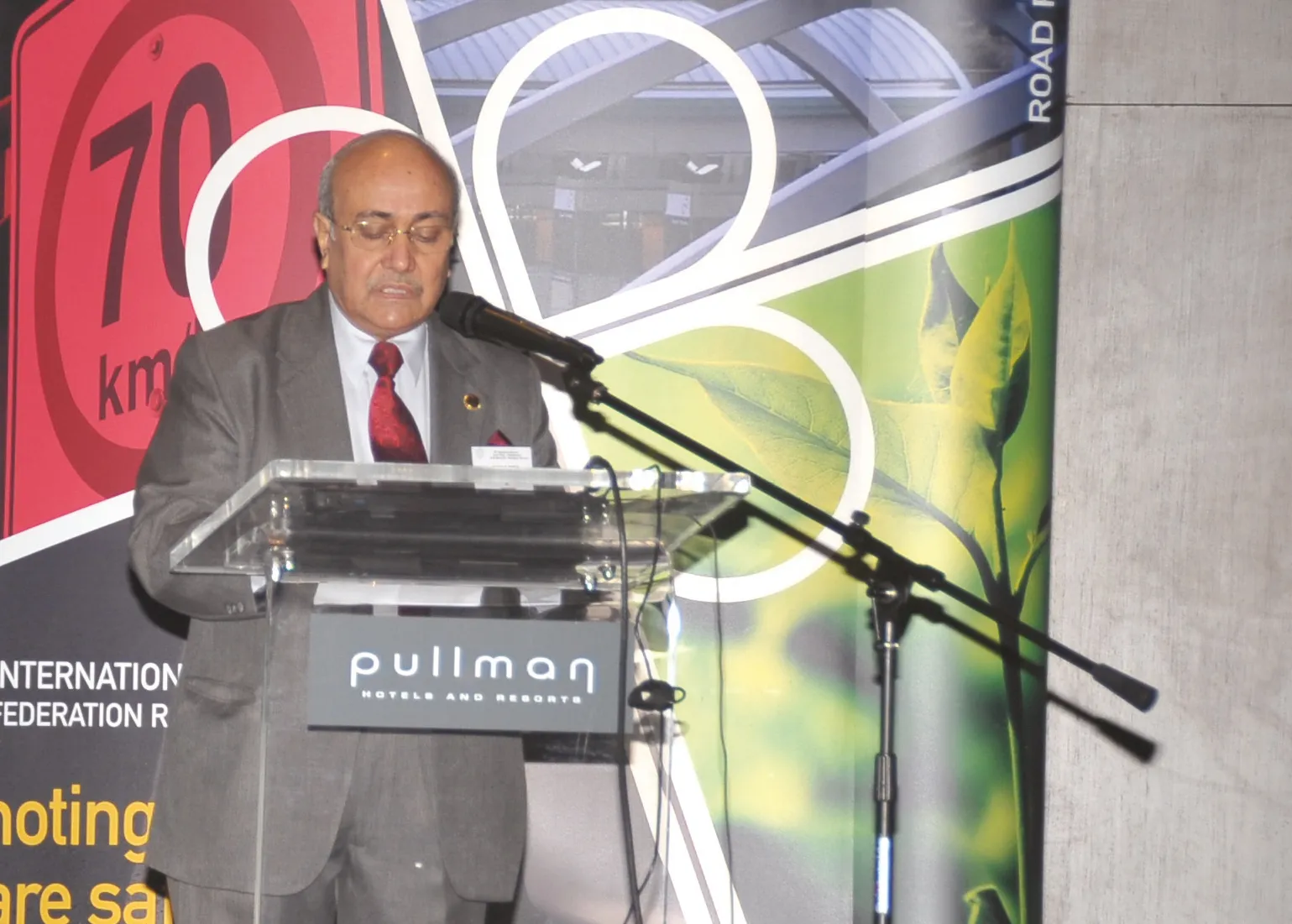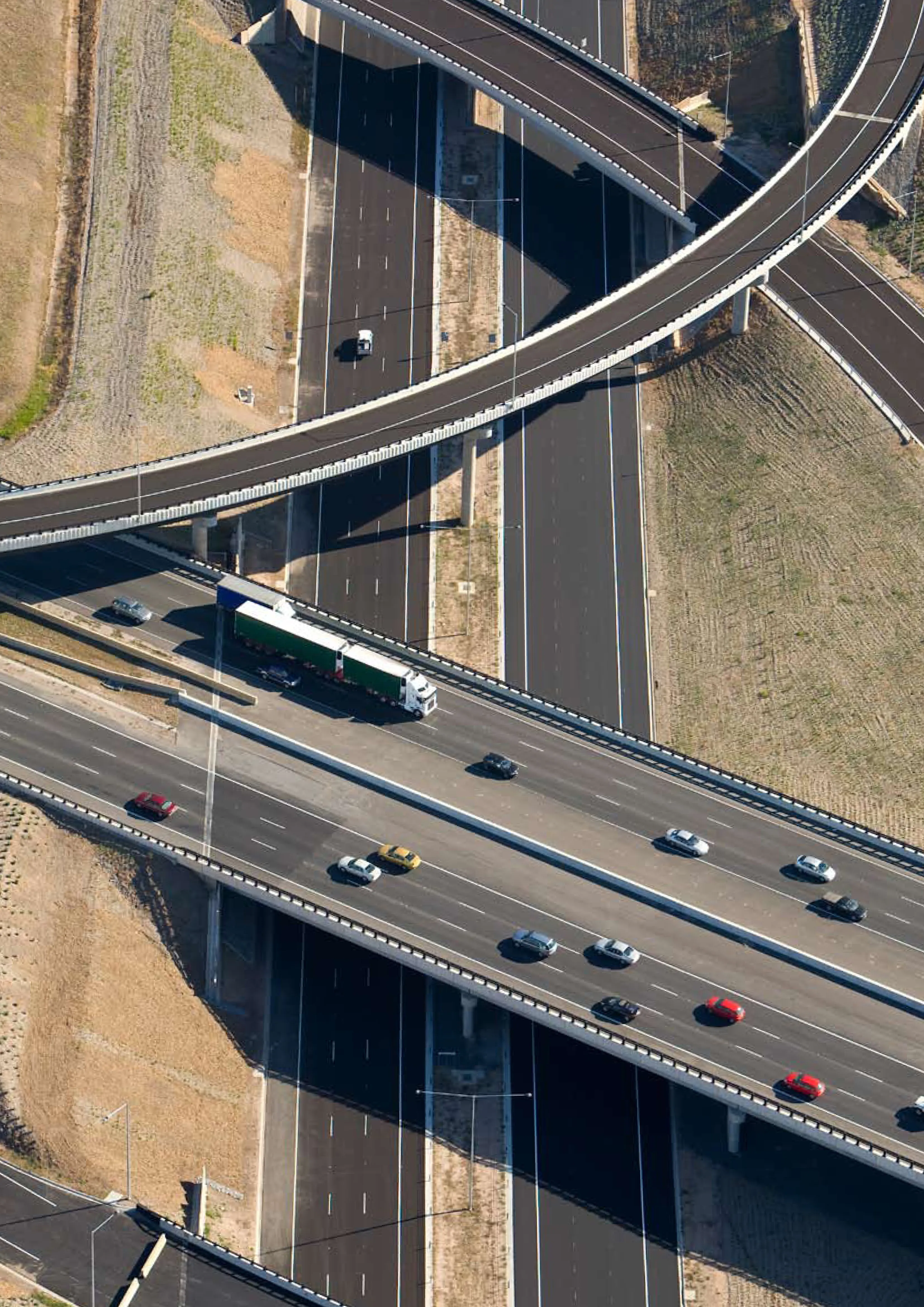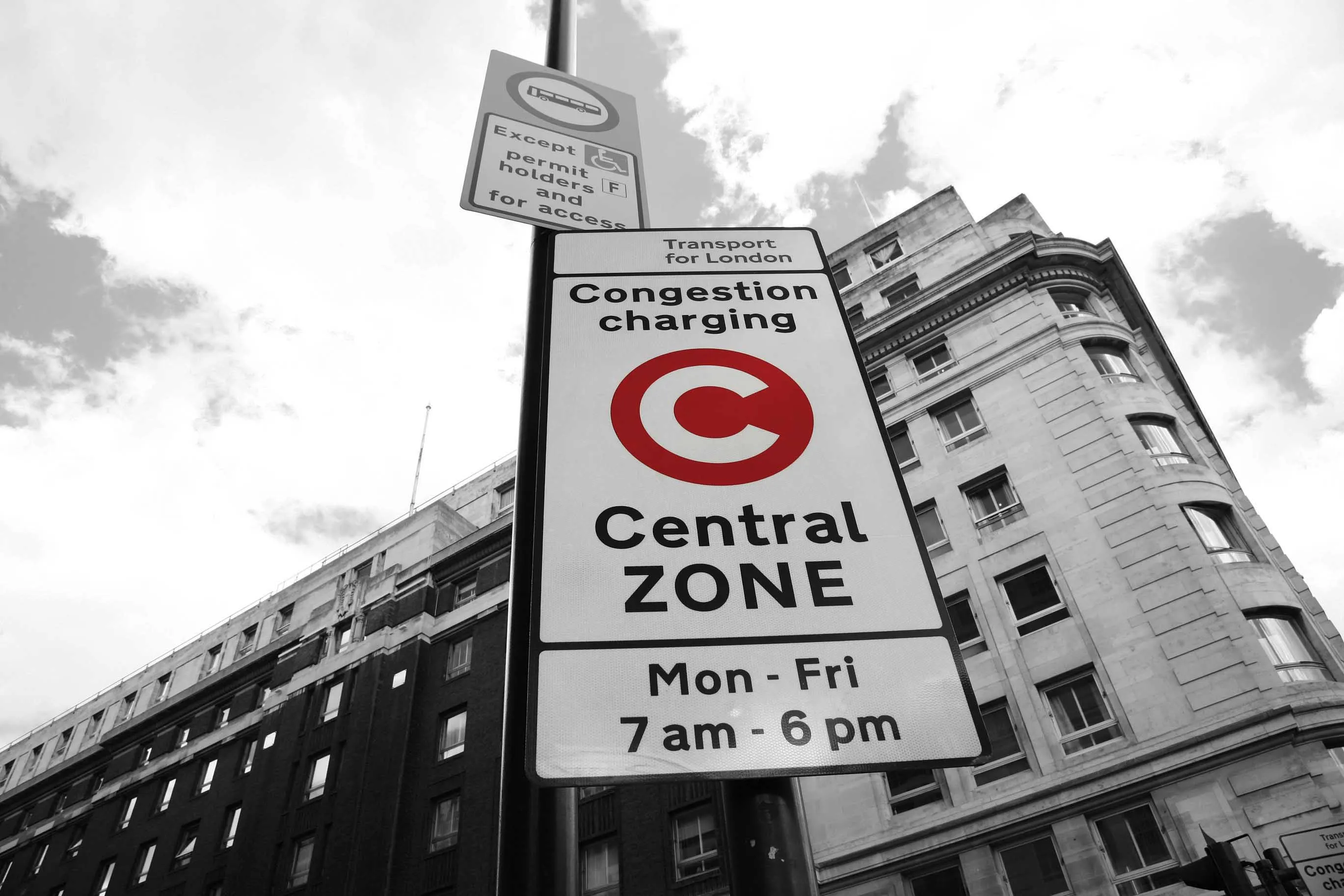A new report examines how aggressive government belt-tightening and financial market deleveraging restrained worldwide infrastructure investments for 2012 and probably for the next five years. In the US, for instance, Infrastructure2012: Spotlight on Leadership, released by the Urban Land Institute (ULI) and Ernst & Young, says that constrained public budgets and a growing recognition at the local level of the importance of infrastructure, combined with lack of action at the federal level, are causing state
May 10, 2012
Read time: 3 mins
A new report examines how aggressive government belt-tightening and financial market deleveraging restrained worldwide infrastructure investments for 2012 and probably for the next five years.
In the US, for instance, Infrastructure2012: Spotlight on Leadership, released by the5476 Urban Land Institute (ULI) and Ernst & Young, says that constrained public budgets and a growing recognition at the local level of the importance of infrastructure, combined with lack of action at the federal level, are causing states, regions and cities across the US to seek innovative infrastructure approaches and solutions. Local governments are using a range of strategies, including ballot measures taken directly to the public, increased use of technology and pricing, and public-private partnerships, according to the study.
This year's report looks at an overall decline in infrastructure funding globally, and it focuses on funding solutions underway in the US. Even as efforts to increase infrastructure revenues at the federal level remain stalled, states and localities are looking at other ways of overcoming fiscal woes in an effort to move forward with projects that can lay the foundation for economic growth. State and local governments are funding critical infrastructure building or refurbishment needs with increased sales or gas taxes, bond issues, and user fees, including tolls. Public-private partnerships are a growing part of the equation.
Infrastructure 2012 notes that in many localities, people are voting to raise taxes for infrastructure investment - from 2008 through 2011, ballots allocating funds to transit capital or operations had a 73 per cent success rate. The study highlights six case studies showing how local and regional governments are moving forward with much-needed infrastructure investments such as transit, ports, bridges, roads, parks, and water supply. "Global economic competitiveness demands new kinds of regional entrepreneurship," the report states, noting that each of the case studies can provide insight and inspiration for other localities seeking infrastructure solutions.
"Europe, like the US, is struggling to bolster deteriorating decades-old systems, and is retreating on investments in major improvements after leapfrogging the US on high-speed rail and other signature transportation projects," said Ernst & Young’s global real estate leader Howard Roth. "In both the US and Europe, the era of massive infrastructure investments may be over. Although local governments may have success in doing more with less, the overall state of the infrastructure in these nations will deteriorate unless the political will and funding to make the needed investments materialises."
Infrastructure 2012 also notes that the global recession has resulted in scaled-back spending in China, which for years has invested billions on state-of-the-art transportation lines and other infrastructure, and in a pullback in India and Brazil.
"Despite global austerity and continued economic uncertainty, leadership is key as politicians, procurers and service providers are finding bold new ways to collaborate, innovate, and leverage new technologies in an effort to support infrastructure initiatives around the world," says Malcolm Bairstow, Ernst & Young's global infrastructure and construction leader.
To download a copy of the 70-page report in PDF format, %$Linker:External 0 0 0 oLinkExternal click this link 70 page report false http://www.uli.org/sitecore/content/ULI2Home/ResearchAndPublications/PolicyPracticePriorityAreas/Infrastructure/%7E/media/ResearchAndPublications/Priorities/Infrastructure/Infrastructure2012.ashx%20 false false %>.
In the US, for instance, Infrastructure2012: Spotlight on Leadership, released by the
This year's report looks at an overall decline in infrastructure funding globally, and it focuses on funding solutions underway in the US. Even as efforts to increase infrastructure revenues at the federal level remain stalled, states and localities are looking at other ways of overcoming fiscal woes in an effort to move forward with projects that can lay the foundation for economic growth. State and local governments are funding critical infrastructure building or refurbishment needs with increased sales or gas taxes, bond issues, and user fees, including tolls. Public-private partnerships are a growing part of the equation.
Infrastructure 2012 notes that in many localities, people are voting to raise taxes for infrastructure investment - from 2008 through 2011, ballots allocating funds to transit capital or operations had a 73 per cent success rate. The study highlights six case studies showing how local and regional governments are moving forward with much-needed infrastructure investments such as transit, ports, bridges, roads, parks, and water supply. "Global economic competitiveness demands new kinds of regional entrepreneurship," the report states, noting that each of the case studies can provide insight and inspiration for other localities seeking infrastructure solutions.
Marked spending decline in Europe
As in previous years, the 2012 report stresses that the US continues to lag behind its global competitors in infrastructure funding. However, this year's report points to a marked spending decline in Europe, which has been reeling from the debt crisis, and is adopting austerity measures as a result of the crisis."Europe, like the US, is struggling to bolster deteriorating decades-old systems, and is retreating on investments in major improvements after leapfrogging the US on high-speed rail and other signature transportation projects," said Ernst & Young’s global real estate leader Howard Roth. "In both the US and Europe, the era of massive infrastructure investments may be over. Although local governments may have success in doing more with less, the overall state of the infrastructure in these nations will deteriorate unless the political will and funding to make the needed investments materialises."
Infrastructure 2012 also notes that the global recession has resulted in scaled-back spending in China, which for years has invested billions on state-of-the-art transportation lines and other infrastructure, and in a pullback in India and Brazil.
"Despite global austerity and continued economic uncertainty, leadership is key as politicians, procurers and service providers are finding bold new ways to collaborate, innovate, and leverage new technologies in an effort to support infrastructure initiatives around the world," says Malcolm Bairstow, Ernst & Young's global infrastructure and construction leader.
To download a copy of the 70-page report in PDF format, %$Linker:








